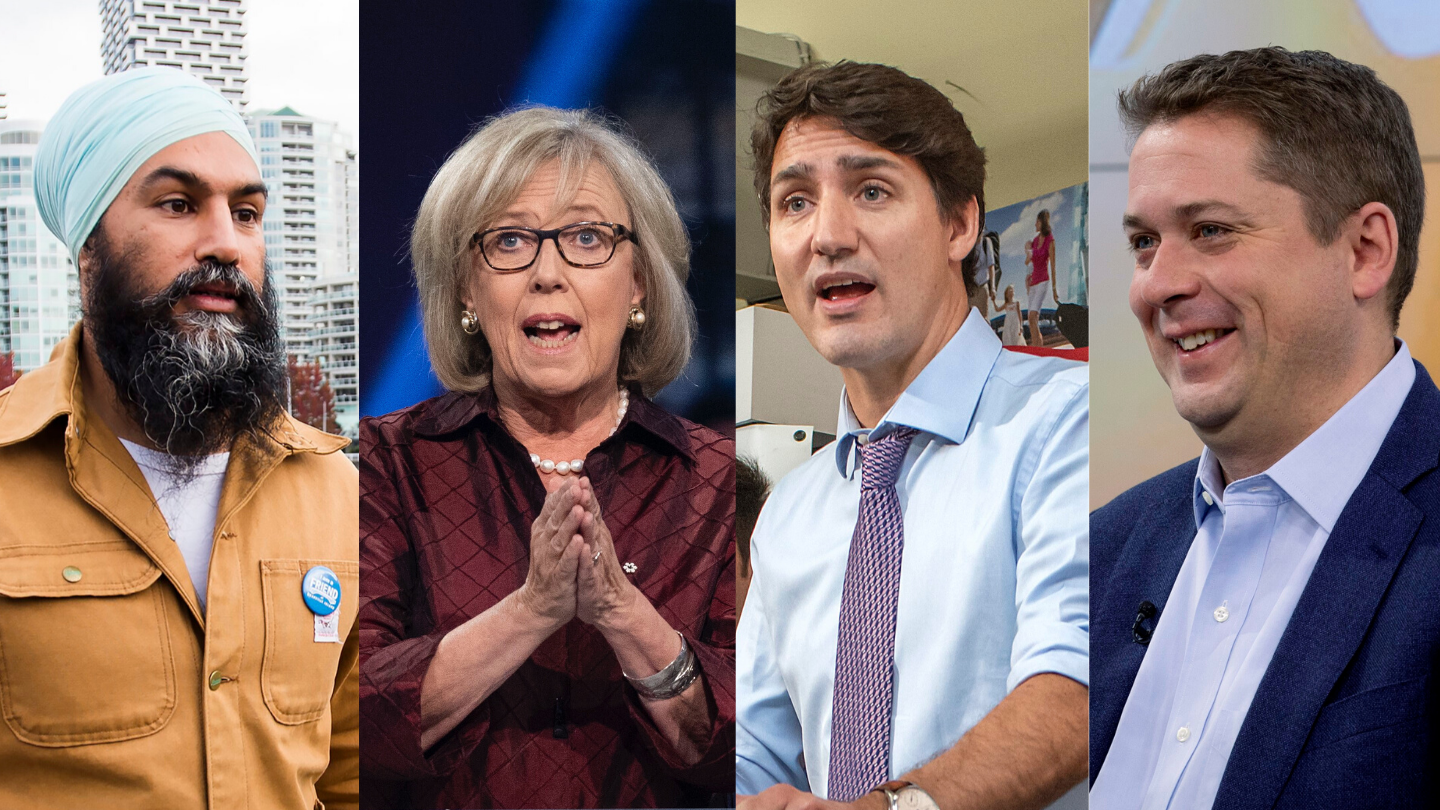How to Vote in The Canadian Election (And Not Screw It Up)

Credit to Author: Anne Gaviola| Date: Mon, 21 Oct 2019 10:00:00 +0000
Millennials and Gen Z could (and should) decide who Canada’s next prime minister will be. That’s because young voters, under the age of 38, collectively, are the most powerful demographic group in this federal election. This has never happened before in this country. The only problem is, historically, young people have the lowest voter turnout in Canada.
Less than 40 percent of eligible voters aged 18-24 voted in the 2011 federal election. Voter turnout among that group rose to 57 percent in 2015, which was still lower than older cohorts.
Let’s face it, there’s definitely room for improvement. Even though casting a ballot isn’t rocket science, there are lots of ways to screw it up. Here are the top five things to keep in mind should you decide to vote today.
1. Bring your ID
There are different combinations of things you can use to prove that you are: who you say you are, an eligible Canadian citizen, at least 18 years old, and registered to vote. First and foremost, you can check to make sure that you’re on the list of people who are registered here.
If you are registered, then you can vote by simply showing up with government-issued photo ID like a drivers licence or citizenship card.
If you don’t have that, then two pieces of ID are acceptable, but at least one must show your name and current address. Examples of this include a bank statement and your voter information card. Another combination is a utility bill and a student ID card.
Let’s suppose you haven’t been at a fixed address lately, or are homeless. You can still vote, but you have to show a piece of ID with your name on it and give Elections Canada staff the address of the homeless shelter or drop-in centre that you’ve been hanging out at, along with a letter of confirmation from the people who run it that you’ve been spending time there.
If, for some reason, you don’t have any of the above, you can declare your identity and address in writing and have someone who knows you vouch for you at the polling station. This person has to have ID to prove their identity and address. Keep in mind that, aside from some very rare exceptions, each person can only vouch for one other person.
2. Don’t spoil your ballot (more than once)
Fun fact: in Canadian federal elections, you get a re-do if you make a mistake and you catch it in time. If you make a mistake and say, accidentally vote for the wrong candidate or, for some reason, vote for two, all is not lost. You can let an Elections Canada staff member know and they’ll give you a replacement ballot—and a warning that you only get one Get Out Of Accidentally Voting for Maxime Bernier Card. Note: it’s too late to try this if your vote has already gone into the ballot box. That is the point of no return.
Even though Elections Canada tracks the number of spoiled ballots, the number is kept secret. So, unfortunately, this isn’t a way to make a political statement.
3. Don’t even try to cast a protest vote
Technically, casting a protest vote in a federal election, is not a thing in Canada.
You can screw up by casting a “rejected ballot,” if you do anything other than vote properly by marking the circle beside your preferred candidate with an X. This includes making too many Xs, putting an X outside the circles, not bothering to mark an X at all—I can come up with examples all day long.
There’s no such thing as a true protest vote in Canada because all the miscreant votes get lumped into the same category. Maybe you didn’t vote for anyone, maybe you can’t follow simple directions. In the 2015 election, 120,515—or less than one percent of the votes cast—were rejects. And there’s no way to tell the anarchists from the people who just can’t follow simple instructions.
4. Just say no to ballot box selfies
OK, technically, this doesn’t spoil or otherwise ruin your vote. The rules are pretty clear: you can’t take photos anywhere inside the polling stations. If you do, this runs afoul of the law and you could literally go to jail. (Although, it’s extremely unlikely that will happen).
5. Show up
It should go without saying that if you don’t cast a ballot, your vote doesn’t count—and you might be a terrible person, because democracy. If you decide not to show up, it’s a free country. But if you don’t show up because you didn’t know a few important things, well, that’s not right.
Work isn’t a valid excuse because by law, your employer must give you three consecutive hours to vote. If you’re in the transport industry, you are the exception to this. If you don’t have a three-hour window before or after work today, then you can miss work to do it. If your boss refuses, they could get a fine or be sent to jail. Oh, and they’re not allowed to withhold your pay if you’re going to vote either.
Voting hours are staggered across the country so that the majority of results are available at around the same time. You can check here to find out when polls open and close in your area.
Follow Anne Gaviola on Twitter.